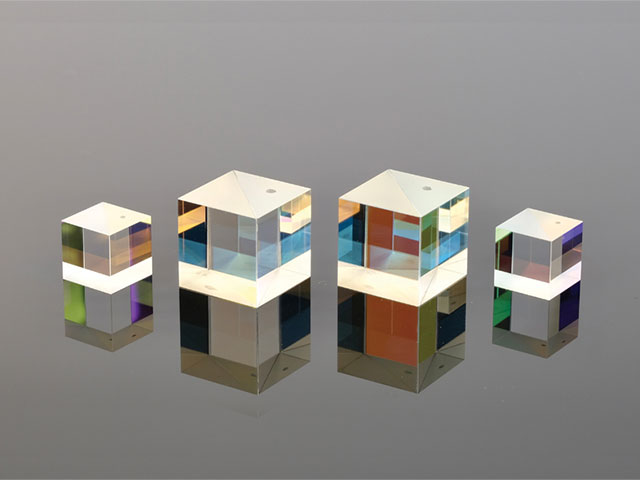You need beam splitters that won’t let you down in your laser setup. Introducing the high stability beamsplitter plate with anti-reflective (AR) coating. It’s designed to split laser beams accurately while minimizing light loss. Whether you’re building an interferometer, aligning lasers, or testing equipment, this plate delivers the consistency and durability you need. Let’s explore its advantages.
| Availability: | |
|---|---|
| Quantity: | |








Dimension Tolerance | +0.0/-0.2mm |
Thickness Tolerance | ±0.2mm |
Surface Quality | 60/40 |
Clear Aperture | >90% |
Flatness | <λ/4@633nm per 25mm |
Parallelism | <1 arc minute |
Chamfer | Protected<0.5mmx45° |
T/R Tolerance | ±5%, T=(Ts+Tp)/2, R=(Rs+Rp)/2 |
Coating(AOI=45°) | S1: Partial reflectance coating |
Damage Threshold | >1J/cm2, 20ns, 20Hz, @1064nm |
You might ask: How does a beamsplitter work? A beamsplitter plate is a thin, flat glass plate that splits a laser beam into two parts: one that transmits through and one that reflects. Our version has an AR coating on both sides to reduce reflection, plus a stable design that resists changes from heat or vibrations. You use it when you need precise control over how much light is transmitted vs. reflected.
You don’t want to waste laser energy on reflections. The AR coating reduces surface reflections to less than 0.5%, so more light is either transmitted or reflected as intended. This efficiency keeps your beams strong and your system working at full capacity.
Lasers can generate heat, and environments can be shaky. Our beamsplitter is made from low-expansion glass, which doesn’t warp when temperatures change. The plate is also thick enough to resist bending from vibrations or handling. You won’t see shifts in the split ratio over time—perfect for setups that need long-term reliability.
You need flexibility in how you split light. We offer plates with different split ratios (e.g., 50/50, 70/30), so you can choose the one that fits your application. Each plate is tested for accuracy, ensuring the split is consistent across the entire surface.
Here’s the basics: When a laser beam hits the beamsplitter plate, the AR coating ensures minimal light is lost to reflection. Most of the light either passes through the plate (transmitted beam) or bounces off (reflected beam). You position the plate at a 45° angle to the beam path for optimal splitting. In an interferometer, you use both beams to create interference patterns for measurements. In a laser alignment tool, the reflected beam helps you check if the laser is pointed correctly.
In labs, you need precise measurements. Use this beamsplitter in interferometers, spectrometers, or holography setups. Its stability ensures your experiments produce repeatable results, even over long periods.
In factories, consistency is key. The beamsplitter works in laser alignment systems for machinery, or in quality control tools that use split beams to measure part dimensions. Its durability stands up to industrial environments, so you can rely on it for daily use.
In healthcare, accuracy matters. It’s used in laser surgical tools to split beams for precise tissue ablation or in dental lasers for cavity treatment. The low reflection ensures patients get safe, effective treatment.
You shouldn’t accept beamsplitters that lose efficiency or shift over time. Our high stability beamsplitter plate with AR coating offers low loss, high durability, and precise splitting—everything your laser setup needs. Upgrade today and enjoy more reliable beam control, whether you’re in research, industry, or healthcare. Your laser system will thank you for the upgrade.
